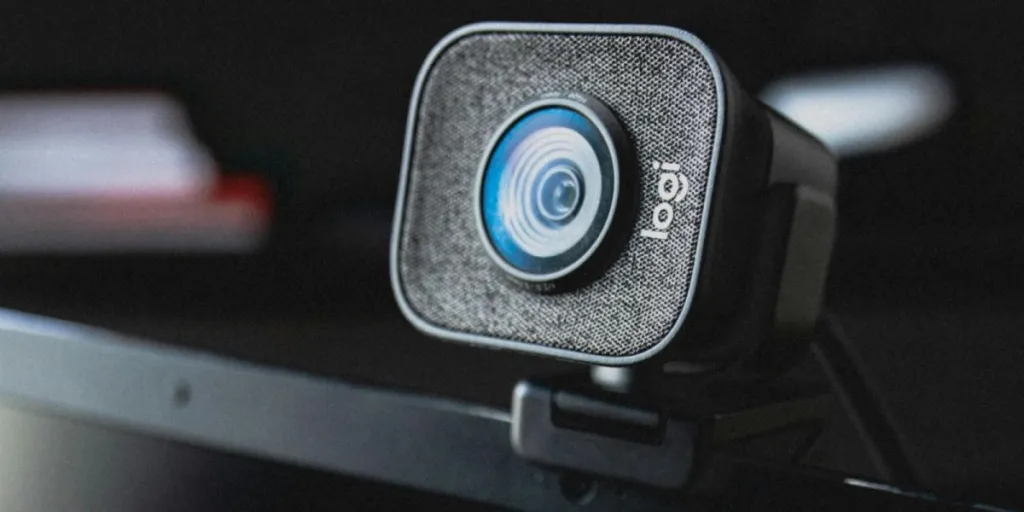If COVID-19 and the ensuing work-from-home culture left any mark on the world, it’s the increased use of online meeting platforms and webcams. No doubt, webcams have become a big part of many people’s lives, and industry leaders have capitalized on this trend by responding with updated features and better experiences to make webcams even better and their use seamless.
In this article, we’ll take a look at five trends and updates revolutionizing the webcam market, as well as the top features to look for when choosing webcams for your inventory.
Table of Contents
Is the webcam market still profitable in 2024?
Webcam trends: 5 updates redefining the USB webcam market in 2024
7 features to prioritize when stocking webcams
Summary
Is the webcam market still profitable in 2024?
This year has so far proven to be a great year for webcams, with experts estimating the market to be worth USD 9.17 billion. They forecast the growth of the global webcam market to maintain a 7.75% CAGR, reaching USD 13.32 billion by 2029. The market is booming mostly because of the rising adoption of webcams in the domains of security and surveillance, video conferences, live events, entertainment, and visual marketing.
Webcam trends: 5 updates redefining the USB webcam market in 2024
1. 4K resolution
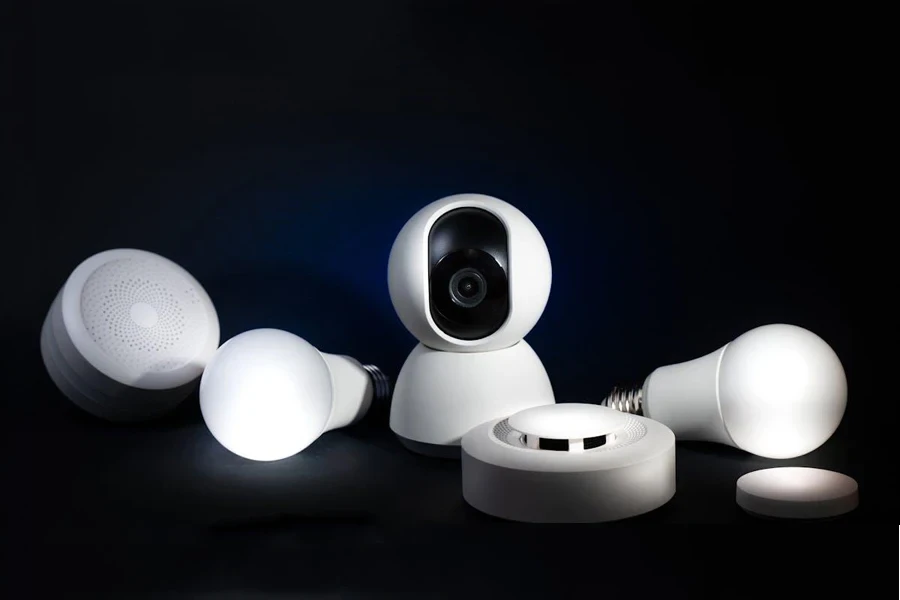
Move over 1080p, the new big thing is crisp 4K webcams with smooth recording. Many consumers now want high-definition video, which has pushed manufacturers to create modern webcams with 4K resolution. These 4K webcams are hot among content creators and professionals who want top-notch video quality for presentations, video calls, and streaming.
2. AI-powered features
Artificial intelligence has made its way into webcams. Manufacturers now use this technology to enhance features like autofocus, low-light correction, and background removals. Beyond that, AI-ready webcams come packed with facial recognition, intelligent scene detection, and auto-tracking – all handy features for enhancing video conferencing and content creation.
3. Virtual backgrounds
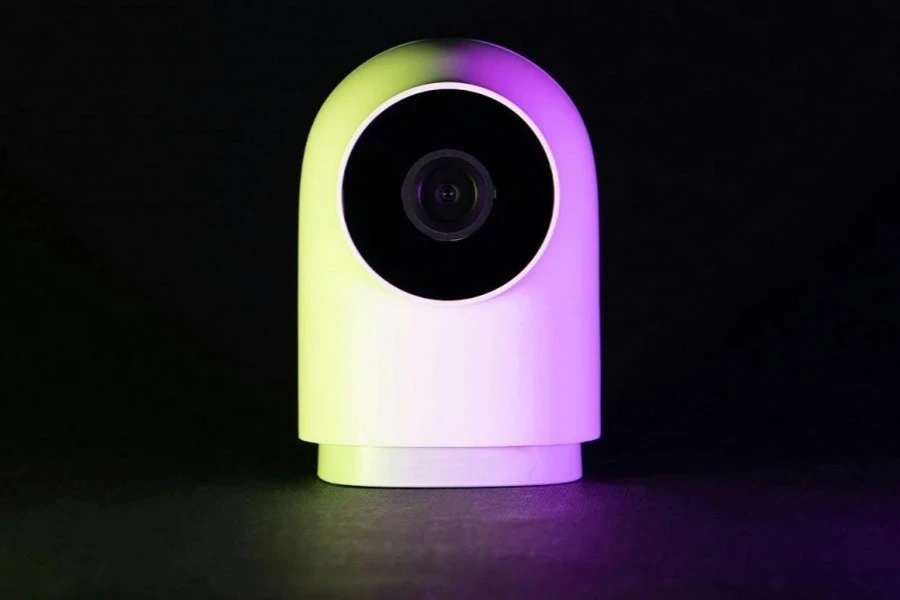
Remember the fake sunset beaches and Japanese-style apartments that exploded with Zoom calls? Well, they’ve gotten even better and more popular for a good reason. USB webcams now have advanced algorithms that can accurately detect and change video backgrounds in real time, paving the way for more professional-looking and engaging experiences.
4. Privacy and security focus
The increased webcam usage came with higher privacy concerns. Thankfully, manufacturers have acknowledged these issues and designed webcams with better security and privacy features. Modern webcams now have built-in privacy covers and security features like facial recognition login.
5. Specialization for different needs
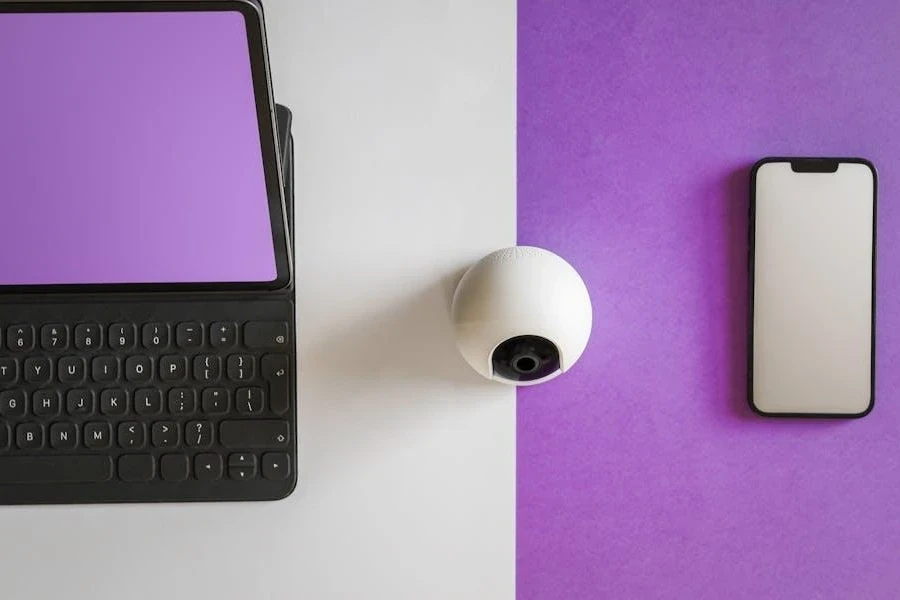
Webcams have moved from their all-in-one designs toward more specialized options for different uses. Consumers now have access to gaming webcams with high frame rates for capturing fast-paced action, models designed for travel with compact/portable designs, and even 3D-sensing webcams for new interactive possibilities.
7 features to prioritize when stocking webcams
1. Frame rate
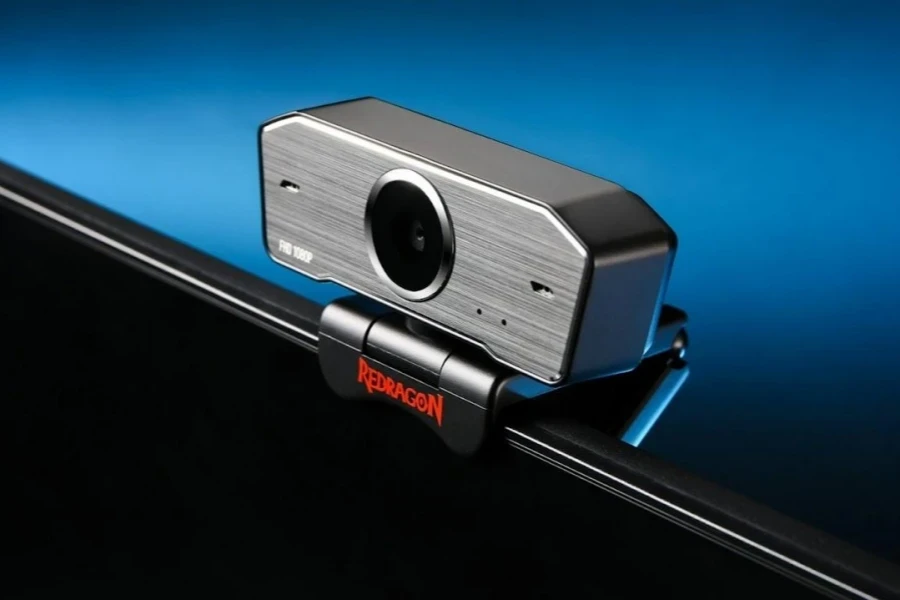
Frame rates determine a webcam’s video smoothness. Usually, most modern webcams can handle at least 30 fps, which is high-quality enough for any occasion. However, some models offer as high as 120 fps, albeit they cost more.
Unfortunately, for now, the higher the frame rate, the lower the resolution. For example, it’s more common to see a webcam offering 30 fps at 1080p and 60 fps at 720p. Although higher frame rates are not the first thing the average webcam user prioritizes, some professions or hobbies (like gaming) demand it.
2. Field of view (FOV)
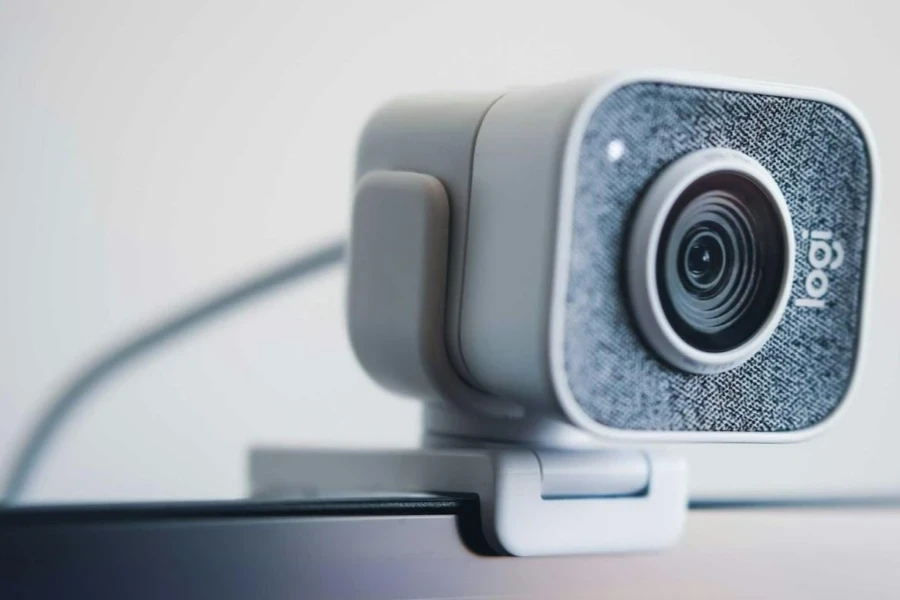
Consumers also want to know how wide of an area a webcam can capture, measured by the field of view (measured in degrees). The sweet spot is usually between 60 to 90 degrees diagonally, horizontally, and vertically (note that most spec sheets focus on diagonal angles).
While a higher FOV translates to a wider captured area, remember that a wider FOV is not always better. Sometimes, all consumers need is a narrower FOV – they don’t necessarily need to capture their backgrounds.
Nevertheless, this is different for consumers who tend to move around in their shot or want a visible background. Retailers can offer these users webcams with a 60-degree FOV. Finally, 78-degree FOV is preferable to users who might need two or more people in the shot.
Note: Some webcam software offers zoom options to help consumers adjust their FOV. But the higher the zoom, the lower the resolution.
3. Autofocus
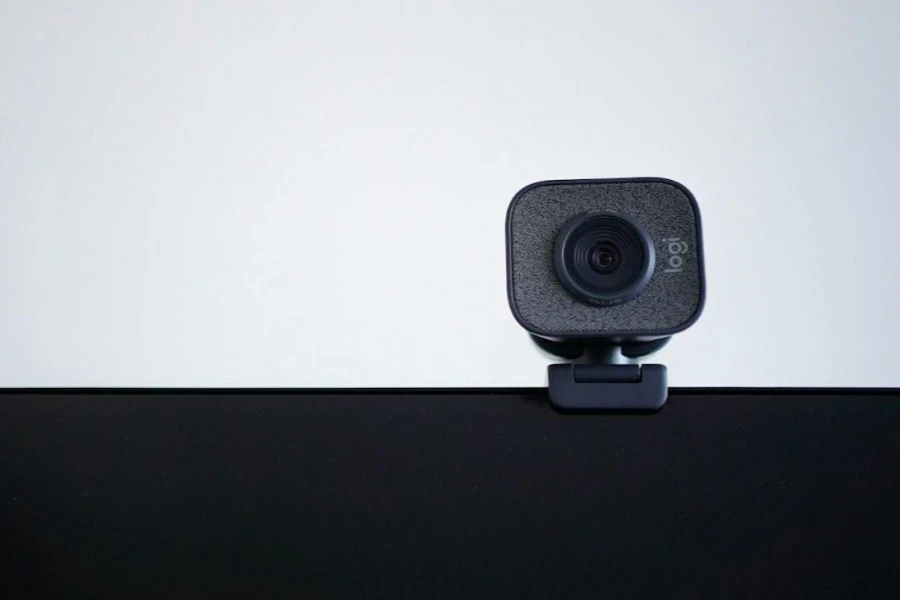
Webcams with autofocus adjust to keep the user in focus, no matter whether they are stationary or moving. It’s a handy feature for capturing close-ups and action shots, though can sometimes struggle with low light or busy backgrounds. Higher-quality autofocus handles these issues better.
Most webcams will include autofocus, but some models perform better than others. If the software allows, consumers can toggle the autofocus on and off via the software provided or make manual adjustments for the best settings.
4. Plastic vs. glass lenses
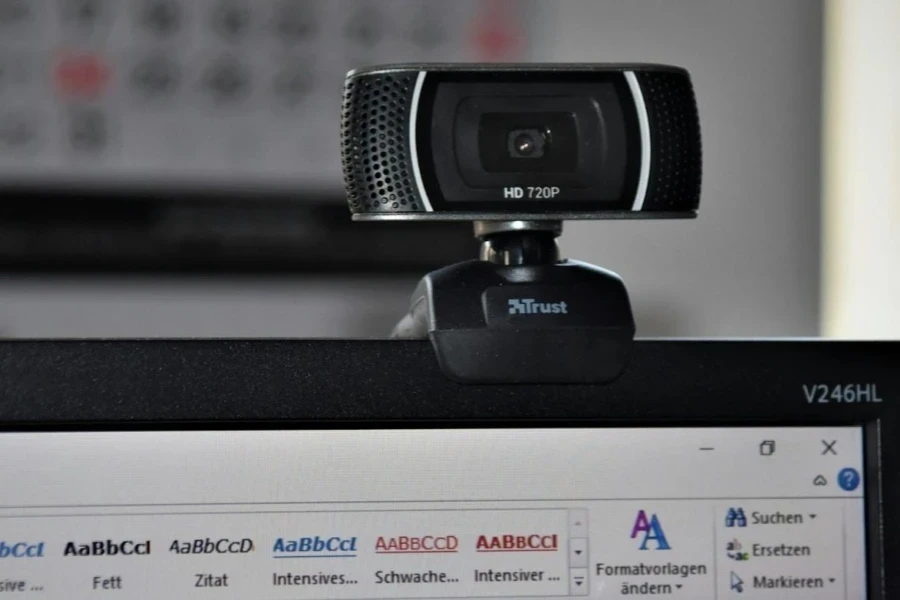
External webcams often come in two main builds: with plastic or glass lenses. Plastic offers something more affordable at the cost of clarity, though are still good enough for most usages.
However, if consumers want high-quality 2K/4K streaming, they should opt for glass lens webcams, which better maximize resolutions. This makes them ideal for content creators and anyone looking for the best image and video quality.
5. Software support
What if consumers want more control over their webcam? They’ll want to choose high-end models, which often come with software options ranging from autofocus adjustments to slow-mo effects and RGB sync. Webcams with software support also let consumers see and set frame rates, zoom, and resolutions.
6. Built-in microphones

A good webcam can also eliminate the need for a separate microphone, reducing desk clutter. Some webcams even have two mics, recording a more natural, stereophonic sound.
But webcam microphones aren’t for everyone, and might not work well against noisy backgrounds or when more high-fidelity recording is needed. The rule of thumb is that built-in microphones are fine for casual meetings and schoolwork, but are rarely going to outperform an external mic.
7. Low-light correction
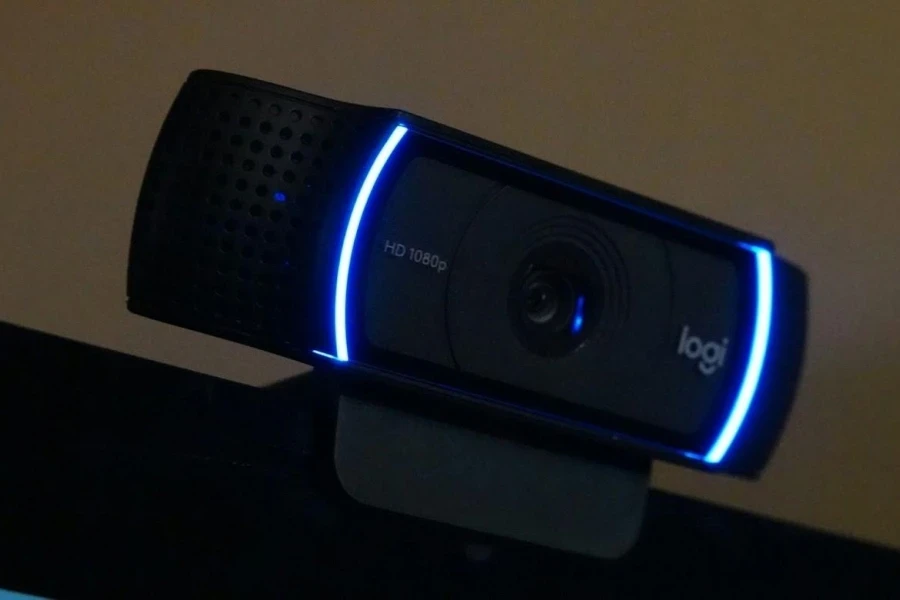
Low-light correction is another awesome feature built into modern webcams. This function is great for brightening and adjusting captures in darker rooms, making it a lifesaver for consumers who may need to use their webcams in low-light conditions. Some webcams feature internal ring lights that users can set to their desired brightness level. Retailers may also want to consider bundling webcams with external ring lights for more lighting and flexibility.
Summary
With many companies having adopted more flexible approaches to remote work, webcams are here to stay – and many consumers are now wise to the fact that there are some excellent options out there at reasonable prices. Depending on what exactly they require, external webcams now offer various features suited to a range of usage scenarios.
Finally, 1.5 million people searched for webcams in June 2024, according to Google ads, a testament to how the market is currently booming.
For more tips on how to improve your stock according to customer and market trends, make sure to subscribe to Alibaba.com Reads.
